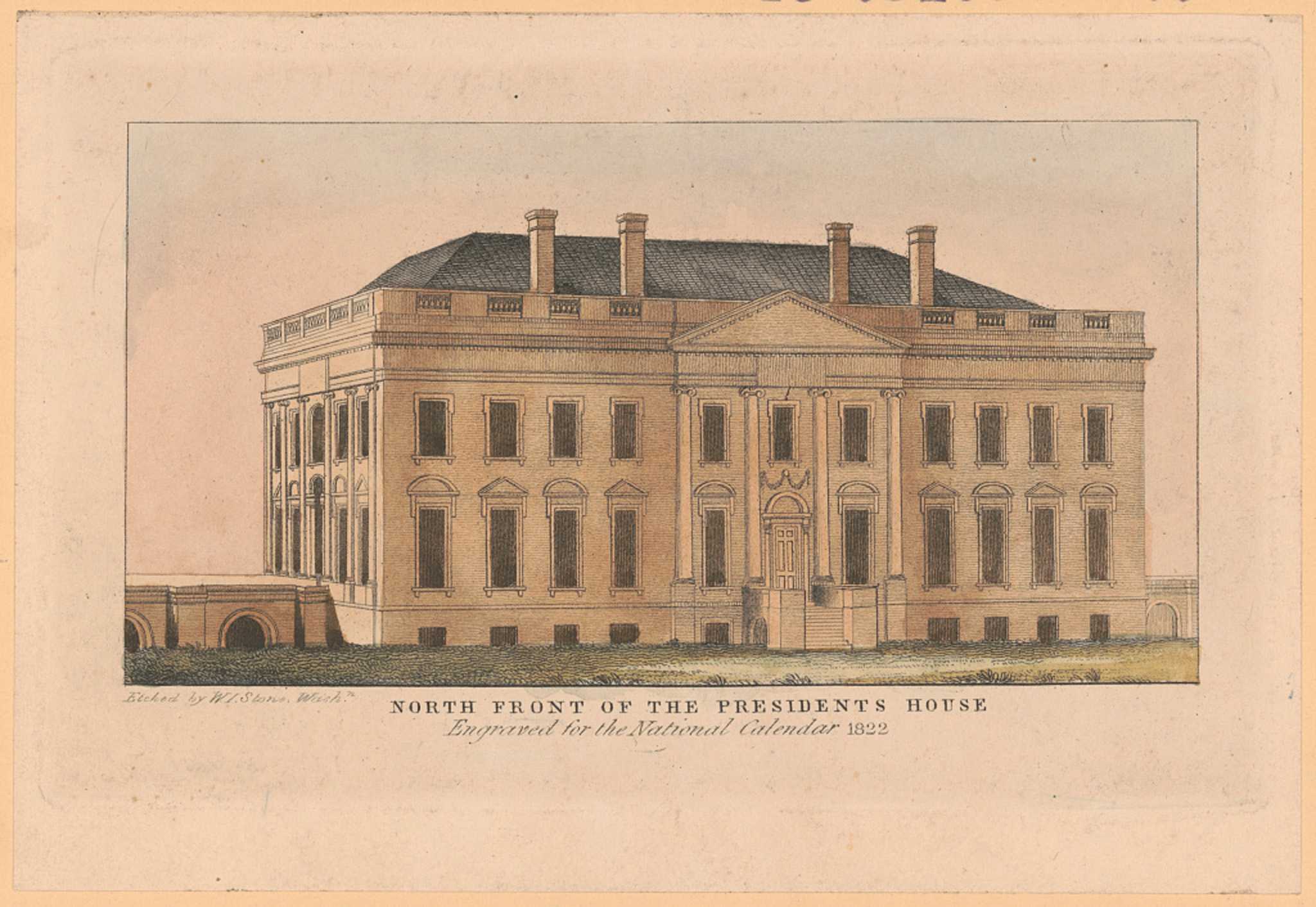Chapter 3
Paradox of Liberty & the Founding of America
The paradox of the American Revolution―the fight for liberty in an era of widespread slavery―is embedded in the foundations of the United States. The tension between slavery and freedom—who belongs and who is excluded—resonates through the nation’s history and spurs the American people to wrestle constantly with building “a more perfect Union.” This paradox was embedded in national institutions that are still vital in the nation to this day.
Shaping the Capital City
1791 Map of the Federal City
Enslaved African Americans, leased out by their enslavers, mined sandstone from local quarries and built the United States Capitol, the White House, and the Smithsonian Castle. Congress, the institution that guarded the peoples’ freedom, held sessions in a building constructed by forced labor, and the legislators would have witnessed lines of shackled African Americans marching by daily en route to the Deep South.
Sandstone Block from the U.S. Capitol
The Capitol at Washington
Enslaved African Americans helped build the United States Capitol. This sandstone block represents just one part of their labor. The block was quarried near Aquia Creek, Virginia, by free and enslaved workers and used in the construction of the Capitol building in 1824.
Black People Built the White House
North Front of the President's House
Building Bricks Removed from the White House
Enslaved African American brickmakers, carpenters, and stonemasons worked seven days a week to construct the White House, one of the symbols of representative democracy.
Slavery and Slave Trade at the Nation’s Capital, 1830
I went to see the ‘slaves' pen’—a wretched hovel, ‘right against’ the Capitol. . . . It is surrounded by a wooden paling fourteen or fifteen feet in height . . . to prevent escape.
Edward Strutt Abdy, 1835
